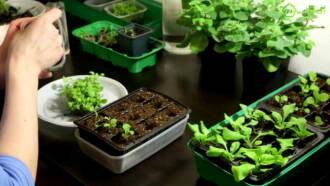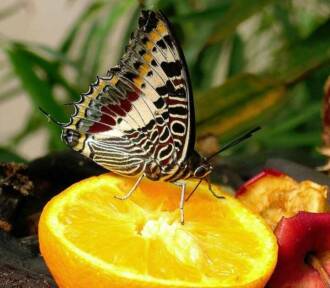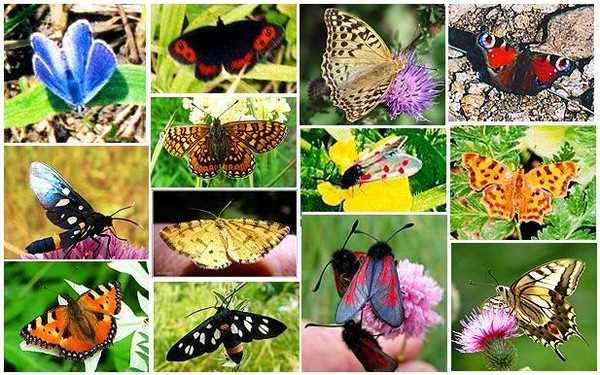
Butterflies are not only beautiful and delicate creatures, but also important plant pollinators. They play a key role in biodiversity and are also an indicator of the health of the ecosystem. However, in recent years there has been a decline in the number and diversity of butterflies, including due to the loss of their natural habitats.
Gardening can play an important role in preserving and attracting a diversity of butterfly species. Creating special conditions for the life and breeding of butterflies in parks and gardens will not only allow you to enjoy their beauty, but also contribute to the preservation of the ecosystem as a whole.
One way to attract butterflies is to choose the right plants for your garden. Butterflies prefer flowers with bright colors that are rich in nectar and scent. Plants such as marigolds, lavender, cosmos and asters can provide an attractive food source and resting place for butterflies.
In addition, it is important to provide butterflies with places to rest and breed. To do this, you can create special places in the garden - sunny meadows, where butterflies can warm up in the sun, and also arrange nests for their larvae.
Creating and maintaining a variety of plants
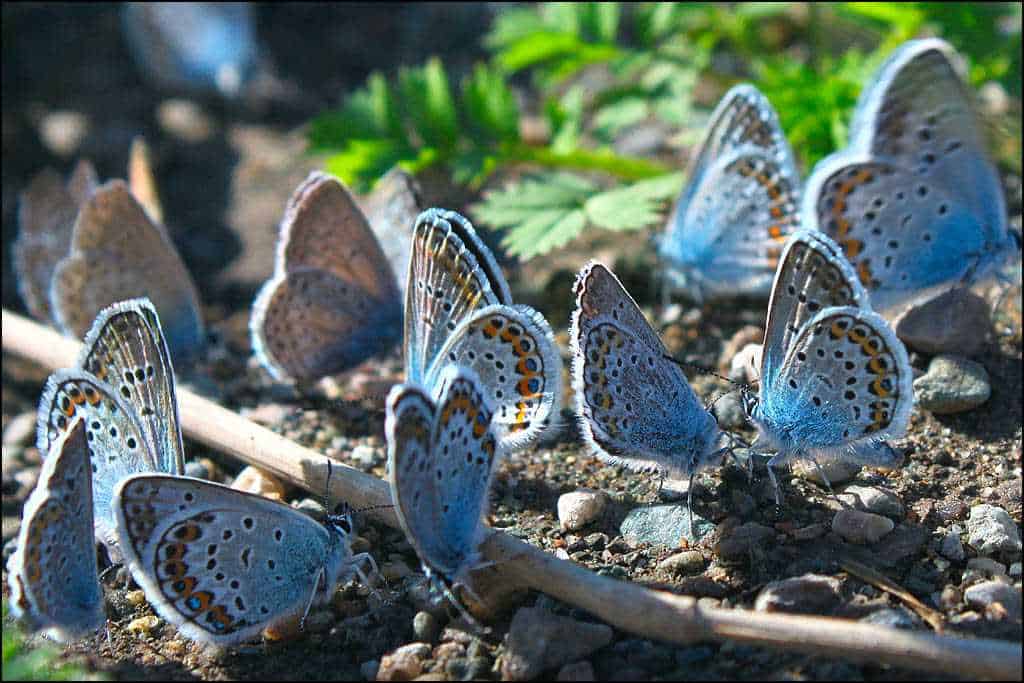
To attract a diversity of butterfly species, parks and gardens need to create and maintain a variety of plants. Plants provide a source of food and a place for butterflies to lay eggs, so it is important to choose plants that will attract different types of butterflies.
Selecting a variety of plants

To create a diverse environment for butterflies, you should choose plants that attract different types of butterflies. Some butterflies prefer certain types of plants, so it is worth including at least several types of plants in the garden to provide a variety of food for the butterflies.
It is advisable to choose plants that bloom at different times of the year to provide a continuous food source for the butterflies. It is also worth considering the butterflies' preferences regarding the type of plants, as some prefer flowers, while others prefer trees or shrubs.
Plant support
After selecting a variety of plants, it is important to care for them properly to ensure they remain healthy and attract butterflies. Regular watering and fertilizing will help the plants grow and bloom, which will attract butterflies. It's also worth removing weeds and trimming faded flowers to keep your plants healthy and encourage new blooms.
You can also create special nooks for butterflies by including rocks or trees in your garden where butterflies can rest and hide from predators. Providing shelter and safety will help attract more butterfly species to your garden or park.
Choosing Suitable Plants for Butterflies
Selecting suitable butterfly plants is a key aspect of creating a garden that is attractive to these winged insects. Butterflies depend on certain plant species to provide food for their caterpillars and nectar for the adults. We invite you to familiarize yourself with some plants that are especially attractive to butterflies.
Euphorbia
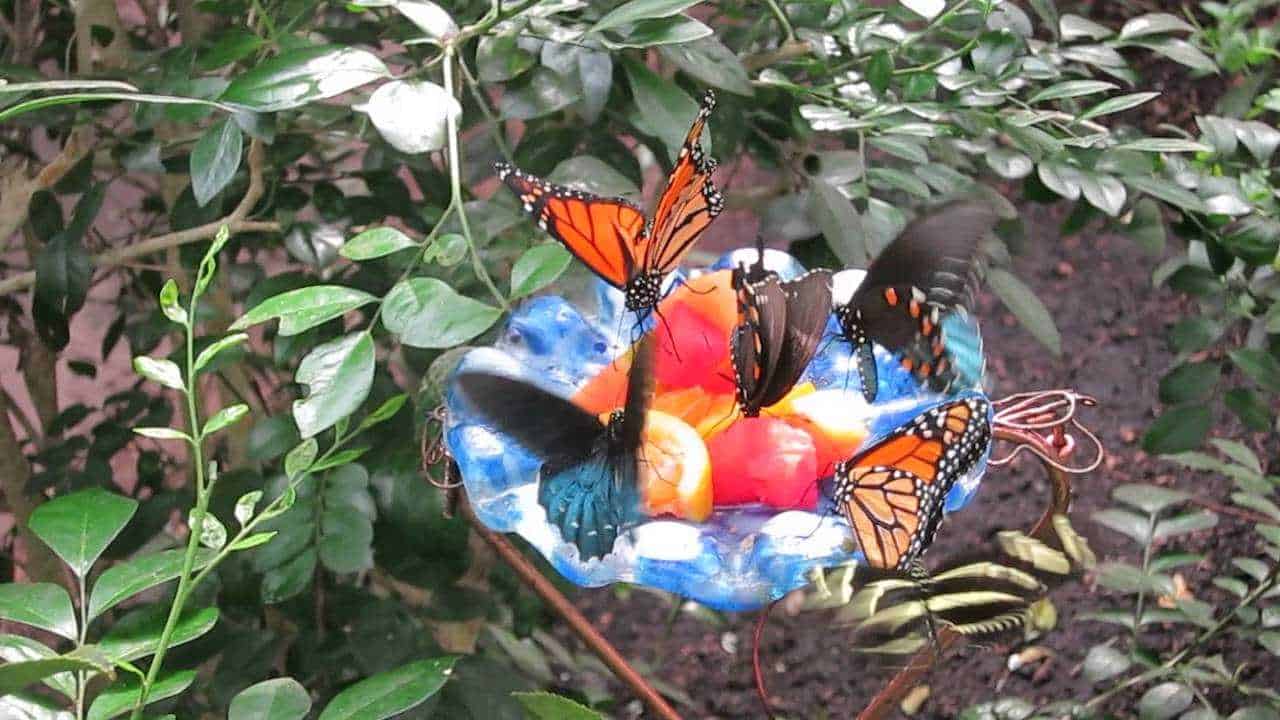
Euphorbia is a plant popular among butterflies. Its nectar attracts many species of butterflies, including admirals, yuletides and mossies. Euphorbia can be grown both in the garden and in pots on the balcony or terrace. It prefers a sunny location and well-drained soil.
asters
Asters are flowers that are also popular with butterflies. They have bright colors and abundant nectar, attracting a variety of butterfly species, including argus and bluebills. Asters can be grown both in groups and in pots on the balcony. They prefer a sunny location and moderately moist soil.
Sagebrush
Mugwort is a plant that attracts certain types of butterflies, including cabbage butterflies and pinto butterflies. Its leaves serve as food for caterpillars, and its flowers provide nectar for adults. Wormwood can be grown both in the garden and in pots. She prefers a sunny location and dry soil.
A variety of plants that attract butterflies allows you to create a colorful and picturesque garden that will delight not only the eye, but also attract beautiful winged guests.
Using plants that attract caterpillars

To attract a diversity of butterfly species, parks and gardens can use plants that attract caterpillars, the primary food plant for most butterfly species.
One such plant is nettle, which provides food for the caterpillars of many species of butterflies, including the admiral's and peacock's eye.
Another attractive plant for caterpillars is juveniles, which attract caterpillars of various types of whiteweeds, as well as cabbageweeds.
Other plants such as cabbage, carrots, sage and yeast can be used to attract caterpillars. It is important to create conditions in the garden or park for the reproduction and development of caterpillars in order to attract more species of butterflies.
Installing refuges and shelters for butterflies
To attract a diversity of butterfly species to parks and gardens, it is necessary to create conditions that will facilitate their attraction and establish shelters and shelters where they can live and breed.
plant diversity

One of the key factors in attracting butterflies is the variety of plants in your garden or park. Different types of butterflies feed on different plants, so it is important to have a variety of flowers in your garden that will attract different types of butterflies. A variety of plants will also ensure that butterflies can choose the most suitable conditions for laying eggs and breeding.
Butterfly food plants

To attract butterflies, you can select separate areas with food plants that will serve as a source of food for the caterpillars. Butterfly caterpillars feed on certain types of plants, so installing such plants will help breed and increase the number of butterflies in the garden or park.
Construction of shelters
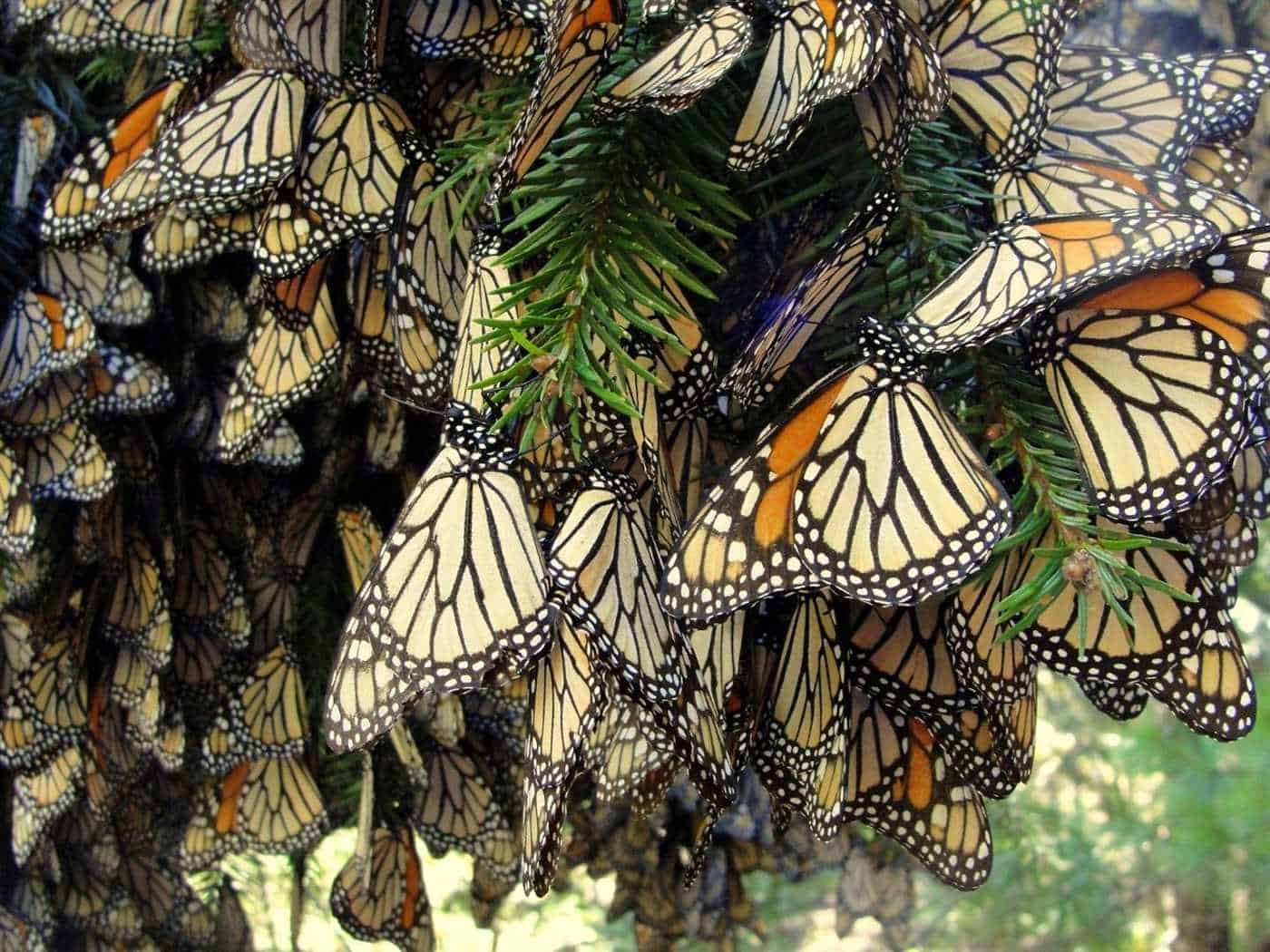
To make butterflies feel comfortable and safe, you can create special shelters in the garden or park. These can be stones, trees, bushes or special butterfly houses. Shelters should be varied and ensure the absence of direct sunlight, as well as protect from wind and rain.
Overall, installing refuges and shelters for butterflies is an important step in creating favorable conditions for them to attract and reproduce. A variety of plants, butterfly food plants and hiding places will help create an environment in which butterflies will feel comfortable and actively visit the garden or park.
Providing food sources for butterflies
To attract a diversity of butterfly species in parks and gardens, it is necessary to provide them with sufficient food sources. Butterflies are known to feed on the nectar of flowers, so it is important to create the conditions for having a variety of flowering plants in your garden or park.
1. Select flowers rich in nectar. To attract butterflies, choose flowers that offer large amounts of sweet nectar. Some of these plants include iris bud, foxglove flower, violet, marigold, asters and lavatera.
2. Variety of colors and color combinations. Butterflies prefer a variety of colors and color combinations. Try to create many different shades and textures of flowers to attract more types of butterflies. For example, pairing bright reds and oranges with whites and purples can attract a variety of butterfly species.
3. Feeding plants for caterpillars. Do not forget that in order to attract butterflies it is necessary to provide their larvae with a sufficient amount of food. When choosing plants for your garden or park, consider their role in feeding caterpillars. Some plants that provide excellent food sources for caterpillars include young leaves of petunia, wild rose hips, sage and wild caraway.
Using native plants to attract butterflies
Attracting a variety of butterfly species to parks and gardens can be achieved through the use of native plants. Native plants are those that are native to a given region and grow naturally in its conditions. The use of such plants creates a favorable environment for breeding and attracting butterflies, and also contributes to the conservation of local populations.
One of the benefits of using native plants to attract butterflies is that they provide the butterflies with essential resources such as food and shelter. For example, some species of butterflies lay their eggs on certain plants, which once hatched become their main source of food. Therefore, planting native plants that are host to different types of butterflies allows you to attract them to the garden or park.
It is important to consider that different butterfly species have different plant preferences. Therefore, to attract the maximum variety of species, it is recommended to use several different native plants. For example, you can plant different types of juveniles, rhododendrons, willows, bluegrass, or grasses loved by butterflies.
Preventing the use of pesticides and chemical fertilizers
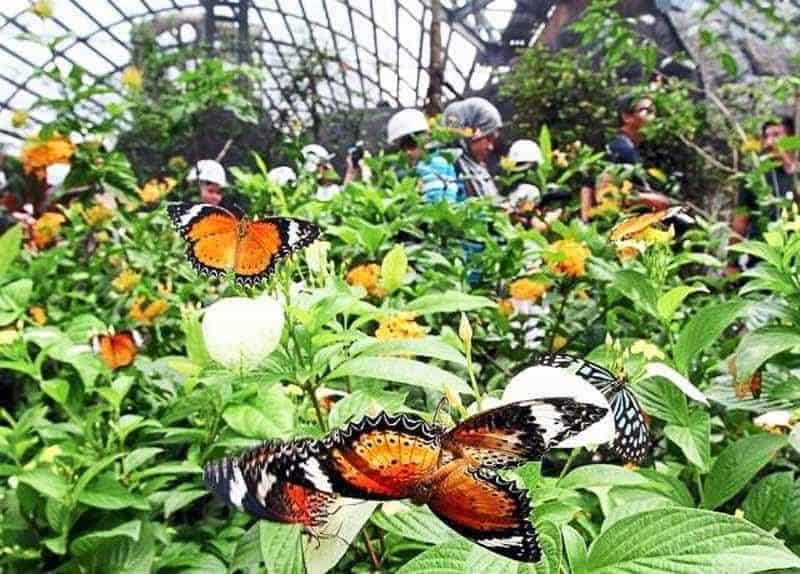
One important aspect of attracting a diversity of butterfly species to parks and gardens is avoiding the use of pesticides and chemical fertilizers. These substances can have negative effects on butterflies, their larvae and their food sources.
Avoid using pesticides. Butterflies are beneficial insects and pesticides can harm them. Use biologically safe pest control methods, such as attracting beneficial insects, setting traps, or hand-picking pests.
Maintain natural balance. Various species of butterflies depend on certain plants to serve as their food source and place to lay eggs. Avoid using chemical fertilizers, which can negatively impact plants and their ability to provide food and breeding sites for butterflies.
Create natural conditions for butterflies to live. Provide butterflies with a variety of plants to feed on and lay eggs on. Choose butterfly-attracting plants such as juniper, bluegrass, salvia and asters. Place these plants in your garden or park so that they create natural areas for butterflies to rest and breed.
Educate and inform people. Besides preventing the use of pesticides and chemical fertilizers, it is important to educate and inform people about the importance of butterflies and their role in the ecosystem. The more people who know about the importance of butterflies and how to create favorable conditions to attract them, the greater the chance of maintaining their diversity in parks and gardens.
Supporting biodiversity in the garden
Gardens can be a great place to support biodiversity and attract a variety of butterfly species. To do this, it is necessary to create conditions that will facilitate their attraction and reproduction.
Providing food and shelter
One of the key aspects of supporting butterfly biodiversity in the garden is providing them with food and shelter. A variety of plants, especially flowers, provide food sources for butterflies in the form of nectar. Different species of butterflies prefer different plants, so it is helpful to plant a variety of flowers to attract more butterfly species.
Using native plants

Native plants play a key role in supporting biodiversity as they are adapted to local conditions and provide a natural food source for native butterfly species. Selecting native plants to plant in your garden helps attract and preserve native butterfly species and helps preserve the local ecosystem.
Avoidance of pesticides
The use of pesticides can negatively impact biodiversity and butterfly attraction in the garden. Pesticides can be harmful to butterflies, destroying their food source as well as causing problems with their reproduction. Therefore, it is recommended to avoid the use of pesticides or use them with caution, only when absolutely necessary.
In general, supporting biodiversity in the garden requires creating conditions that will attract and breed different species of butterflies. This includes providing food and shelter, using native plants and avoiding the use of pesticides.
Education and awareness about butterflies and their importance to the ecosystem
Butterflies are one of the most beautiful and amazing creatures of nature. They not only attract attention with their bright colors and graceful flight, but also play an important role in the ecosystem. This is why education and awareness about butterflies is an integral part of conserving their diversity.
Teaching children is one of the most important aspects in butterfly conservation. Students should be aware of the importance of butterflies to the ecosystem, their role in plant pollination and seed dispersal. Children can have activities where they learn about the life cycle of butterflies, their anatomy and the different species. This will help children develop an interest in nature and understand the importance of protecting it.
Public information about butterflies and their importance to the ecosystem is also an important aspect. Various events such as exhibitions, lectures and tours can help spread awareness about butterflies and their importance to the environment. Mass media and social networks can also be used to spread knowledge about butterflies and attract the attention of the general public.
Cooperation with organizations conservation can also promote education and awareness about butterflies. You can hold joint events, develop information materials and participate in butterfly conservation projects. This will not only help spread knowledge about butterflies, but also promote their conservation and increase their numbers in parks and gardens.
Education and awareness about butterflies and their importance to the ecosystem is an important part of conserving their diversity. The more people know about butterflies and their role in nature, the greater the chance of preserving these beautiful creatures and their habitats.

